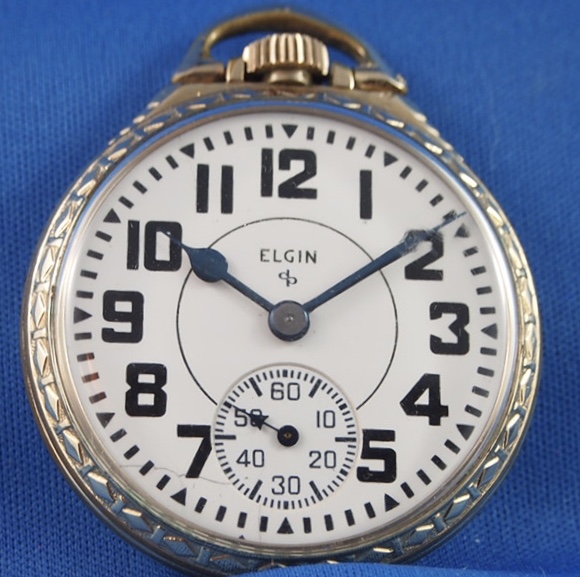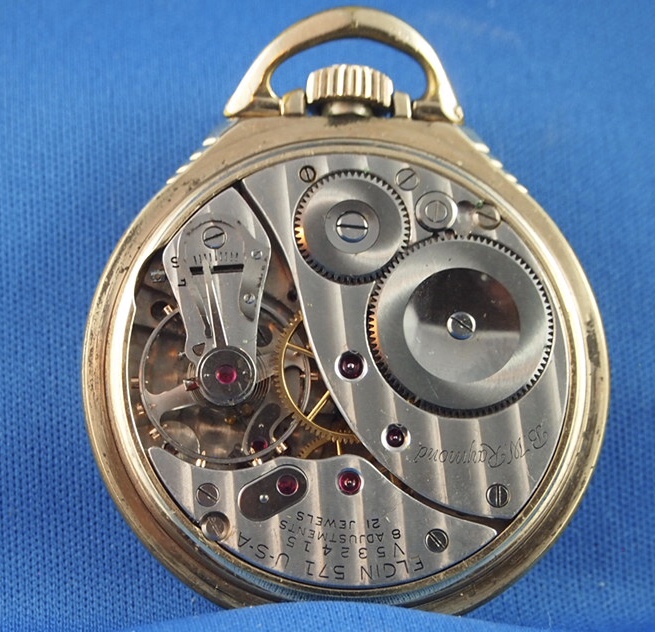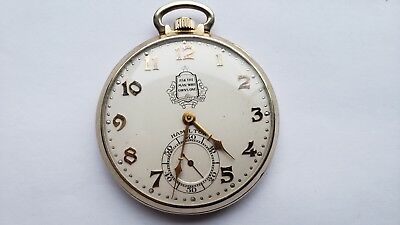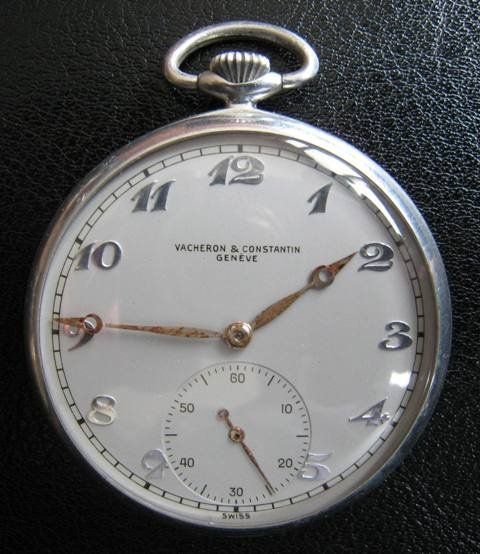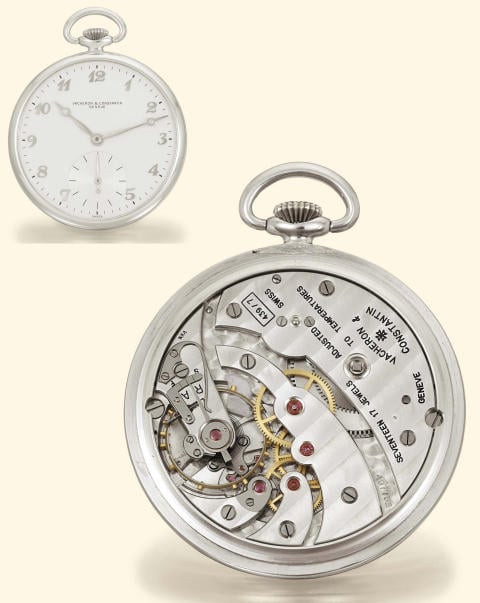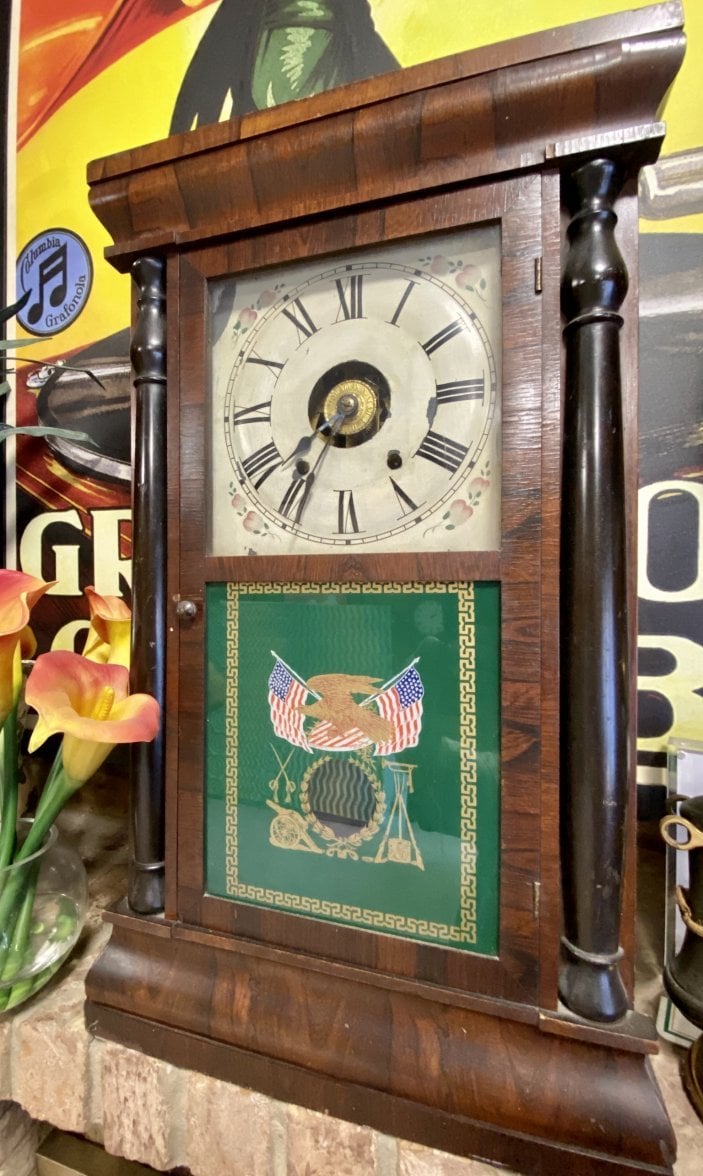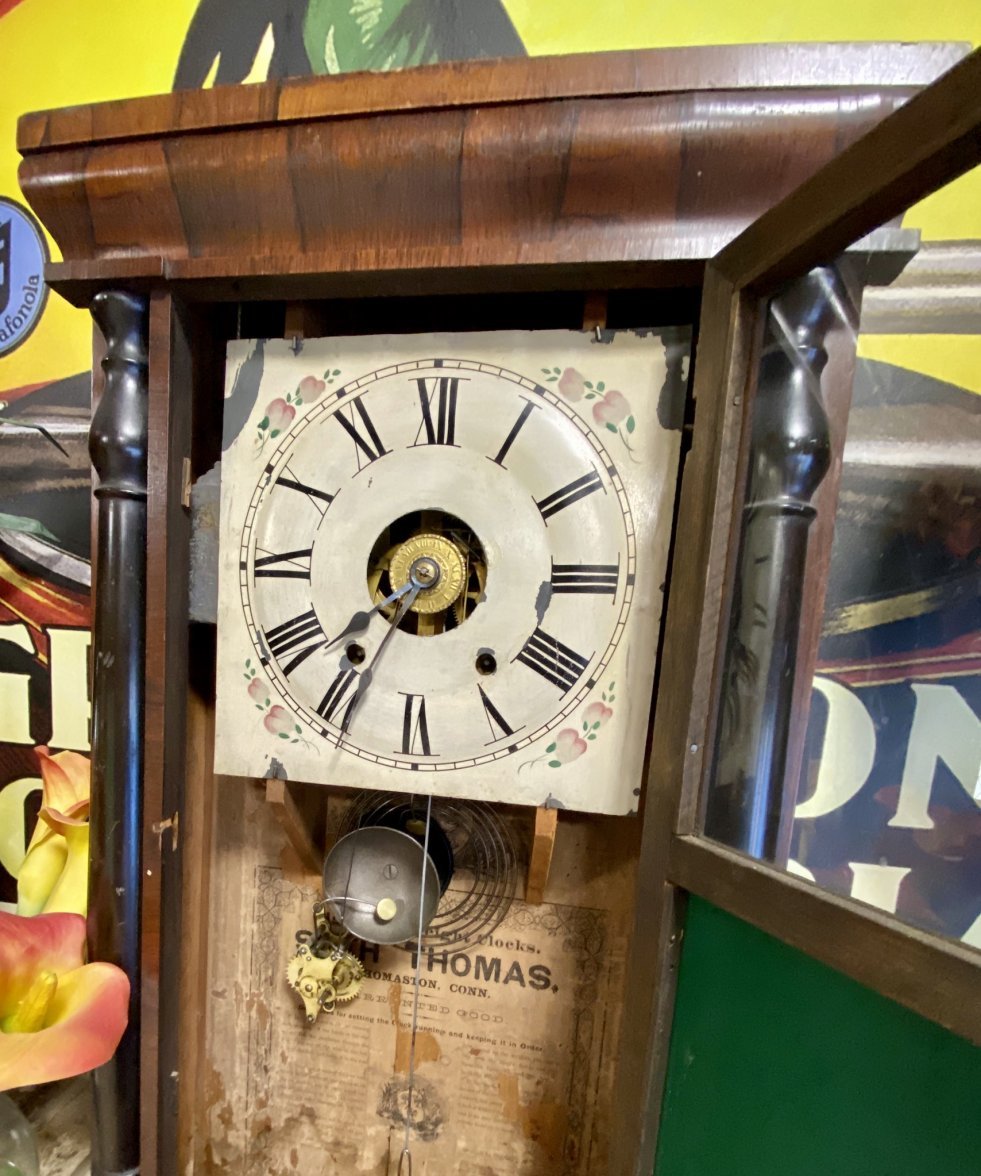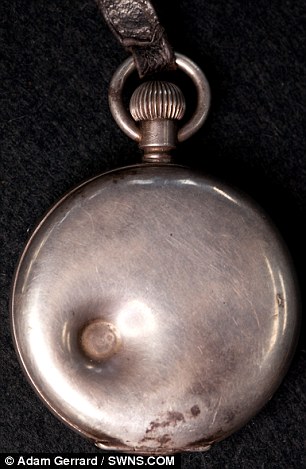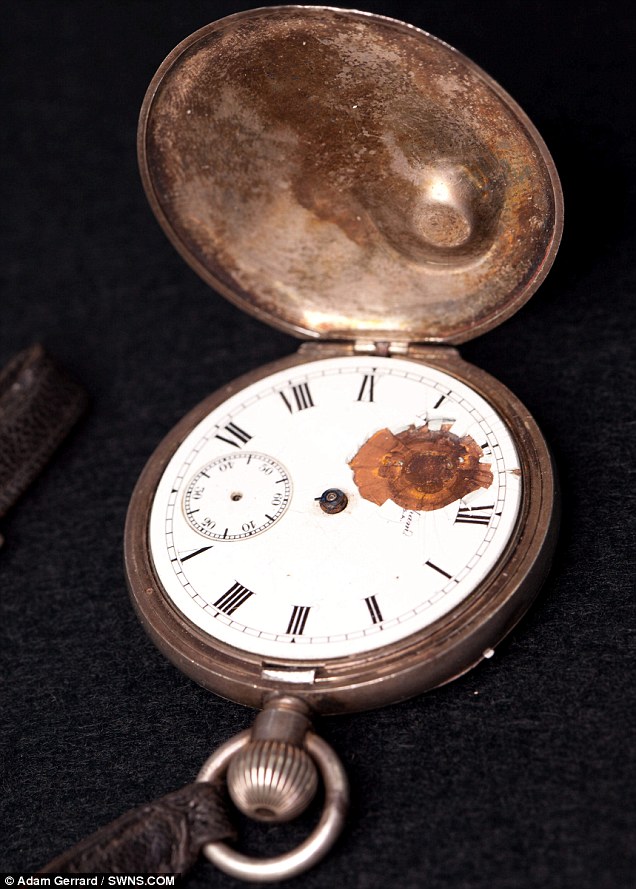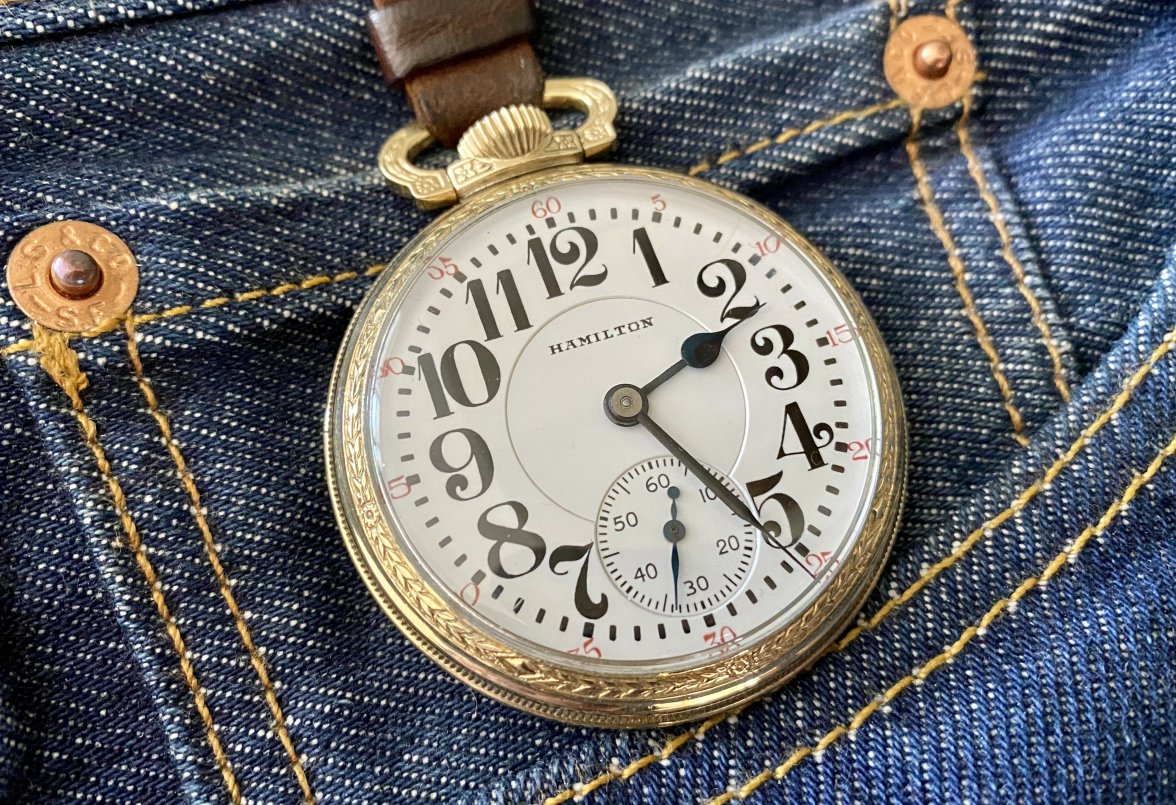Canuck
·Well, time for another pocket watch.
Sometime in the late 1980s, I was at a collectibles show about 200 miles north of here. A vendor had a drop-dead gorgeous Elgin, grade 571 B W Raymond for sale. I considered the price to be fair, so I bought it. Some time later, I was talking to the secretary at my bank who knew I collected watches. She had an important anniversary coming up, and she was looking for a special gift. Her spouse was a long haul truck driver who hated wrist watches. She though he might like a pocket watch, and she asked me if I had one I would sell. By then, I had begun to focus on Hamilton pocket watches, so I offered her the Elgin. She bought it.
Fast forward to circa 2010, I was at an NAWCC Pacific North West Regional in Clackamas (Portland) Ore. A dealer had the subject watch for sale. A twin to the one had sold, but not as perfect. The price was okay, so I bought it.
The Elgin grade 571 has a weakness. A component in the lever setting mechanism is prone to fail after 50 years or so. That part in mine failed! I was no longer able to set the time. How good is that? Of course, enough of these grade 571s had that problem, that by the time mine failed, Elgin had been out of business for 50 years, and the part couldn’t be found. S LaRose was in business in Greensboro, North Carolina, at the time. They offered a kit comprising the setting components of a stem-set grade Elgin to permit a 571 to be converted to stem setting. I converted it. Many of the earlier models of the 16-size B W Raymond are much more visually interesting, and fancier than the 571. This is the only 16-size Elgin that I have.
Here’s the skinny on it. Produced about 1949, one of over 500,000 of this grade, so it is not rare. This one is from a run of 10,000 grade 571s, so it was just as popular as the Hamilton 992 Bs.
https://pocketwatchdatabase.com/search/result/elgin/V532415
Sometime in the late 1980s, I was at a collectibles show about 200 miles north of here. A vendor had a drop-dead gorgeous Elgin, grade 571 B W Raymond for sale. I considered the price to be fair, so I bought it. Some time later, I was talking to the secretary at my bank who knew I collected watches. She had an important anniversary coming up, and she was looking for a special gift. Her spouse was a long haul truck driver who hated wrist watches. She though he might like a pocket watch, and she asked me if I had one I would sell. By then, I had begun to focus on Hamilton pocket watches, so I offered her the Elgin. She bought it.
Fast forward to circa 2010, I was at an NAWCC Pacific North West Regional in Clackamas (Portland) Ore. A dealer had the subject watch for sale. A twin to the one had sold, but not as perfect. The price was okay, so I bought it.
The Elgin grade 571 has a weakness. A component in the lever setting mechanism is prone to fail after 50 years or so. That part in mine failed! I was no longer able to set the time. How good is that? Of course, enough of these grade 571s had that problem, that by the time mine failed, Elgin had been out of business for 50 years, and the part couldn’t be found. S LaRose was in business in Greensboro, North Carolina, at the time. They offered a kit comprising the setting components of a stem-set grade Elgin to permit a 571 to be converted to stem setting. I converted it. Many of the earlier models of the 16-size B W Raymond are much more visually interesting, and fancier than the 571. This is the only 16-size Elgin that I have.
Here’s the skinny on it. Produced about 1949, one of over 500,000 of this grade, so it is not rare. This one is from a run of 10,000 grade 571s, so it was just as popular as the Hamilton 992 Bs.
https://pocketwatchdatabase.com/search/result/elgin/V532415
Edited:
